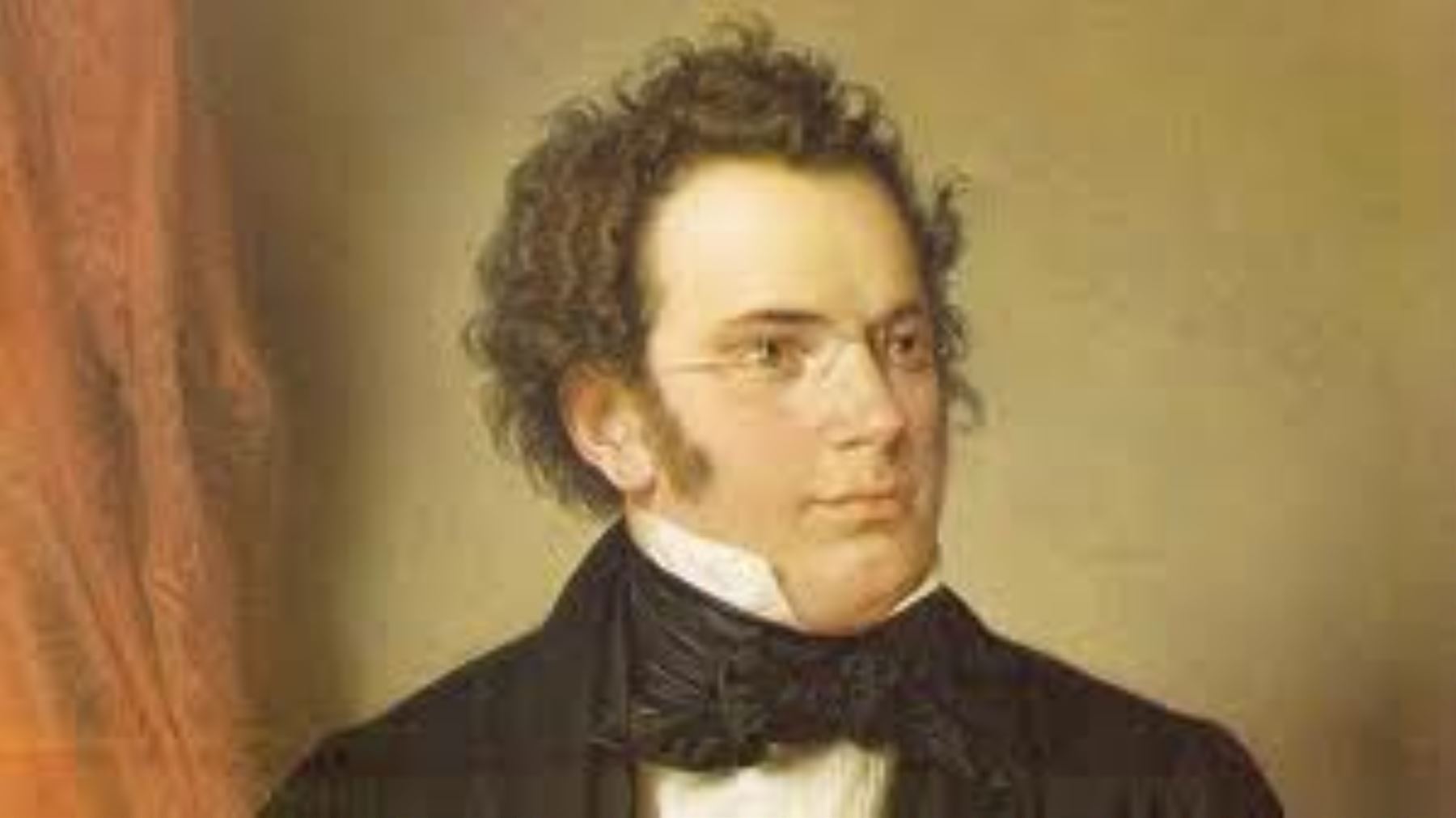

Every viewport which has at least one compositor attached to it has a compositor chain. It is possible to enable more than one compositor instance on a viewport at the same time, with one compositor taking the results of the previous one as input.

You create these based on compositor definitions, See Applying a Compositor. This is what you’re defining when writing compositor scripts as detailed in this section.Īn instance of a compositor as applied to a single viewport.
#COMPOSITOR HOW TO#
So that we can discuss how to implement these techniques efficiently, a number of definitions are required: Compositorĭefinition of a rendering pipeline that can be applied to a user viewport. This might replace the whole window (thus the main window doesn’t need to render the scene itself), or it might be a combinational effect.

#COMPOSITOR FULL#
Eventually you’ll want to render the result to the final output, which you do with a full screen quad. You can even ’ping-pong’ the render back and forth between a couple of render textures to perform convolutions which require many iterations, without using a separate texture for each stage. a window), or it can be another render texture so that you can perform multi-stage convolutions on the image. The target of this post processing render can be the main result (e.g. Once the scene is in a texture, you can then pull the scene image into a fragment program and perform operations on it by rendering it through full screen quad. You still need to use code to instantiate a compositor against one of your visible viewports, but this is a much simpler process than actually defining the compositor itself.Ĭompositing generally involves rendering the scene to a texture, either in addition to or instead of the main window. Compositor scripts offer you the ability to define rendering pipelines in a script which can be reused and modified easily, rather than having to use the API to define them. A typical use-case are full screen post-processing effects - however Compositors are not limited to that. These images capture the look and feel of the product you desire in a manner unattainable through a single shot.The compositor framework is a subsection of the OGRE API that allows you to easily define how to assemble the final image. In projects that incorporate a lot of compositing work, there will be multiple camera and complex installations to provide the Compositor with a wide range of subject and computer graphic options to choose from.Īfter you compile your desired shots you then collate all of the footage, graphics, and other pieces you choose to form a series of images. A lot of your time will be spent sorting through camera shots to compile the continuous set of angles you want to digitally compile.
#COMPOSITOR SOFTWARE#
You achieve these effects through computer manipulation of images, so you will need to become great friends with a quite a few software programs. Compositors then digitally replace the plain background with whatever is needed, be it pictures of a beach or war zone. A well known instance of compositing is the green screen, where Actors are filmed standing in front of a plain sheet. The vast majority of compositing is done digitally, and falls under the category of special effects as you are making several distinct images appear as one. Specifically when there is a need for mixed media, such as drawings done over film footage, or computer graphics interacting with live Actor, you will be the one who layers and interlaces all the different mediums.
#COMPOSITOR MOVIE#
This skill is in great demand in industries such as the movie business, where your work helps produce remarkable visual effects. A Compositor combines multiple elements into a single image.


 0 kommentar(er)
0 kommentar(er)
